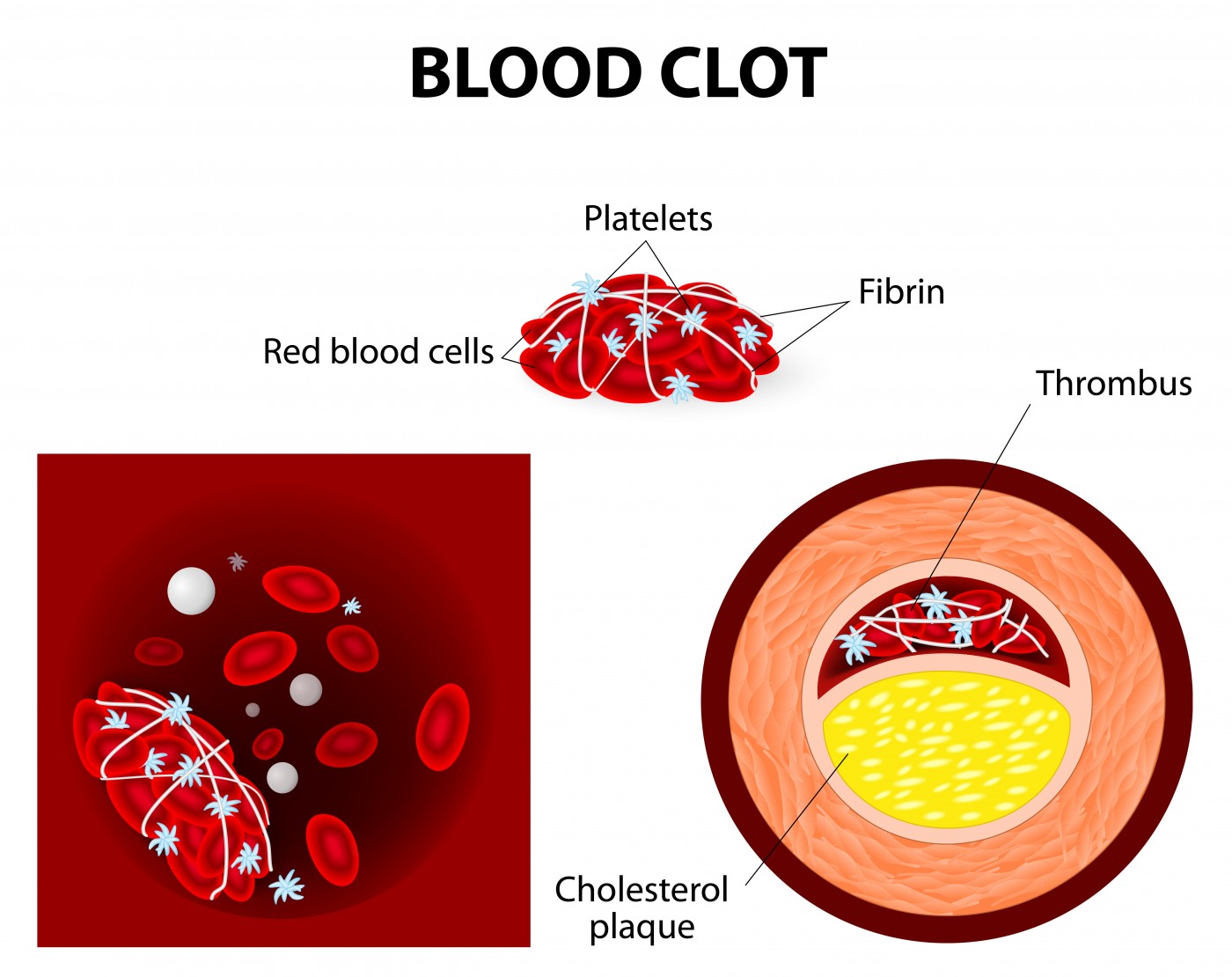In a new study entitled “Risk of Venous Thromboembolism after Total Knee Arthroplasty in Patients with Rheumatoid Arthritis” a team of clinicians assessed whether patients with osteoarthritis and rheumatoid arthritis who underwent total knee arthroplasty presented different risk incidence to suffer venous thromboembolism. The study was published in The Journal of Rheumatology.
Patients who are submitted to knee surgery are particularly prone to develop postoperative venous thromboembolism (VTE), a condition where a blood clot breaks loose and travels throughout the bloodstream, which mainly manifests as deep vein thrombosis (DVT) and Pulmonary Embolism (PE). Without proper treatment, patients are at risk of death and it was previously reported that of patients undergoing total knee arthroplasty (TKA). i.e., total knee replacement, 30 to 40% of these exhibited deep vein thrombosis (DVT) when no thromboprophylatic treatment was applied. Since the majority of total knee arthroplasty (TKA) procedures are performed in patients with arthritis, mainly osteoarthirutis (OA) and rheumatoid arthritis (RA), in this study a team of clinicians compared the incidence of VTE in patients with either osteoarthritis (OA) or rheumatoid arthritis (RA).
To this end, the team used the Japanese Study of Prevention and Actual Situation of Venous Thromboembolism After Total Knee Arthroplasty, a hospital-based cohort study, to enroll patients for their study. They recruited 1,288 patients (from 34 hospitals) who were submitted to total knee arthroplasty (TKA): from these, 1,084 had osteoarthritis (OA) and 204 had rheumatoid arthritis (RA). The authors detected deep vein thrombosis (DVT) by ultrasonography (an ultrasound-based diagnostic imaging technique) and Pulmonary Embolism (PE) by tomography/angiography at day 10 and day 28 post-operation, respectively. From the patients’ pool, thromboprophylaxis for patients undergoing TKA was submitted to 357 patients as fondaparinux treatment; 222 patients received enoxaparin; 71 patients had unfractionated heparin; 45 patients received anti platelet agents; 41 patients were treated with aspirin; two patients were given ticlopidine and other two cilostazol; 593 patients who underwent total knee arthroplasty (TKA) received no thromboprophylaxis treatment.
The team found no significant differences in the risk to suffer venous thromboembolism (VTE) and bleeding between patients suffering from osteoarthirutis (OA) and rheumatoid arthritis (RA), after total knee arthroplasty (TKA). The authors noted, however, that a larger sample is necessary to further confirm their findings.


